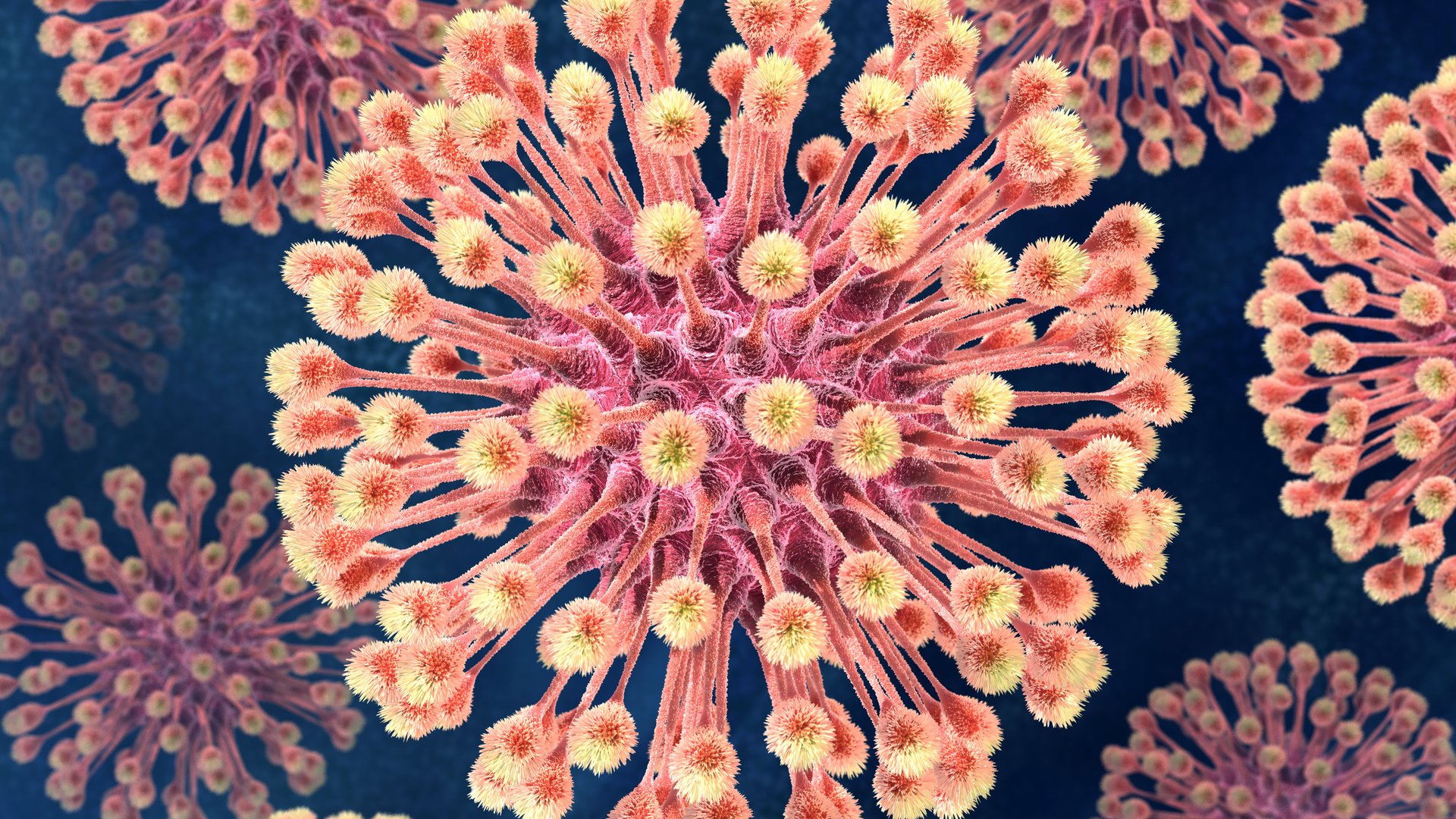Viruses are many times smaller than other micro-organisms. They can be tens or even hundreds of times smaller than the average bacterium. Viruses are also the most numerous biological entities on earth. To give you an idea, there are over 10 million in a single drop of seawater.
Viruses are many times smaller than other micro-organisms. They can be tens or even hundreds of times smaller than the average bacterium. Viruses are also the most numerous biological entities on earth. To give you an idea, there are over 10 million in a single drop of seawater.
Little packet of DNA
A virus is genetic material coated in protein. The protein shell can be surrounded by a membrane (the envelope). A virus has no organelles and so no individual metabolism.
Living beings?
Unlike other kinds of microbe, viruses are not part of the tree of life. This is because they are not made up of a cell, as are bacteria. They are merely simple protein packages containing genetic material. They cannot not move, eat or reproduce independently. This is why many scientists do not consider viruses to be living beings.
A host copying machine
Viruses need a host’s cell in order to reproduce. They do this by infecting a cell of a bacterium, plant or animal. Once in the host’s cell, the virus uses the copying mechanism present to reproduce its own genetic material. After doubling itself a number of times, the host cell falls apart and the viruses escape.
Good versus evil
We come across viruses every day. Ordinary flu is caused by a virus for example (the influenza virus). HIV (human immunodeficiency virus) can cause AIDS. Nearly all children catch chicken pox as a result of a viral infection. What many people do not realise is that you carry the virus with you for the rest of your life. The virus can reappear in later life as shingles.
Viruses, however, are not all bad for us. Many of them live as parasites on bacteria, keeping down the number of harmful bacteria. Viruses are also of use in genetic research.

